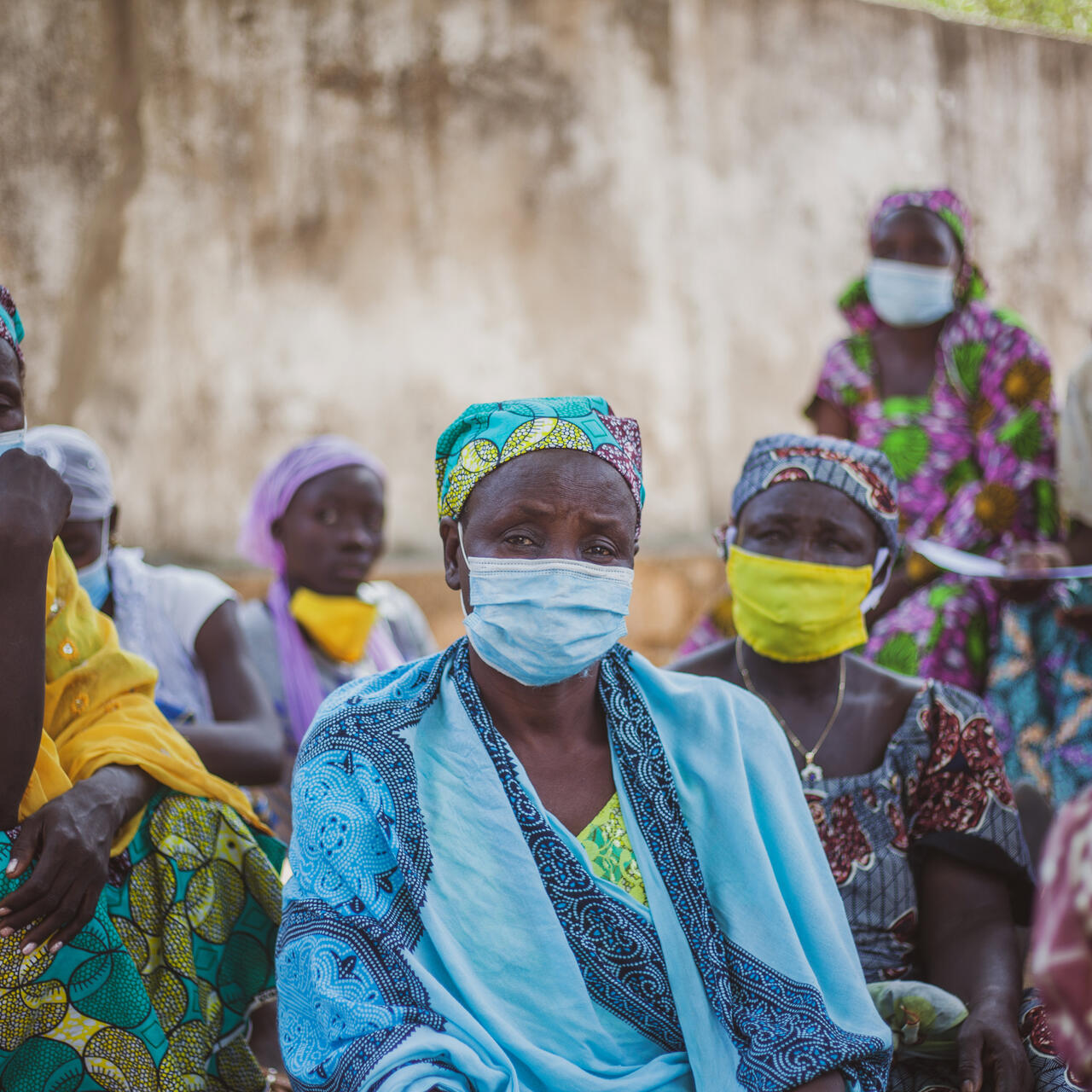
The top 10 crises the world can't ignore in 2022
Record numbers of people, many fleeing violence and persecution, need humanitarian aid. Learn about the world’s worst crises and what can be done to help.

Record numbers of people, many fleeing violence and persecution, need humanitarian aid. Learn about the world’s worst crises and what can be done to help.
The International Rescue Committee has released its 2022 Emergency Watchlist, a global list of humanitarian crises that are expected to deteriorate the most over the coming year. Most Watchlist countries—the top ten in particular—have experienced almost non-stop conflict over the last decade, hampering their ability to respond to global challenges like COVID-19 and climate change. These 20 countries are home to 10% of the global population but account for 89% of those in need of humanitarian aid worldwide. (N.B. The 2022 Emergency Watchlist was compiled before the Russian invasion of Ukraine. For updates on the humanitarian situation inside Ukraine, and for refugees who have fled to neighboring countries, please visit our Ukraine Crisis page.)
Displaced families, and in particular women and girls, are disproportionately affected by the crises, which are more than a series of unfortunate events, stresses David Miliband, IRC president and CEO. “The story told by the Watchlist makes a bigger argument,” he writes in the report, “not just that there are more poor and more people forcibly displaced, but that the scale and nature of humanitarian distress around the world constitutes a system failure.”
The IRC has produced a Watchlist each year for over a decade. Over this time, it has evolved from a purely internal aid for emergency preparedness planning into a public report that warns global leaders, policymakers and concerned citizens not just where crises are deepening but why they are deepening and what can be done about it.
Brief country profiles of the Watchlist 2022 Top 10 follow. For statistics, methodology, detailed analysis, and recommendations for action, read the full 2022 Emergency Watchlist report.
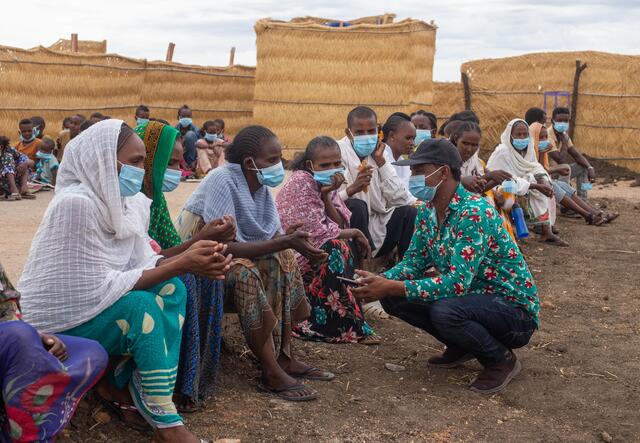
Population: 44.9 million
People in need: 14.3 million
People internally displaced: 3 million
Sudan enters 2022 facing multiple challenges. The military removed civilian leaders in October 2021, and the resulting political uncertainty could destabilize peace efforts with armed groups. Environmental shocks, economic crisis and COVID-19 restrictions are driving inflation.
The IRC relaunched its programs in Sudan in 2019, which currently include water and sanitation services and integrated protection support for women and child refugees. The IRC also builds and rehabilitates health facilities to provide reproductive health care and facilitate the treatment and prevention of communicable diseases, including COVID-19. Learn more about the IRC’s Sudan response.
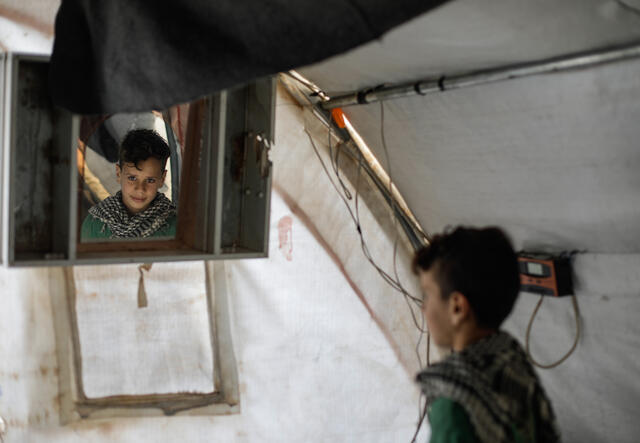
Population: 21.7 million
People in need: 14 million
People internally displaced: 6.8 million
Syrians are enduring the worst economic crisis since the war began, with record levels of food insecurity and rapid inflation. At the same time, water shortages in northern Syria are creating drought-like conditions for millions and jeopardizing already compromised health and water systems. There is an enduring risk of a major military offensive targeting areas outside government control.
Go deeper into the crisis in Syria.
The IRC has been working in Syria since 2012, promoting economic recovery with job training, apprenticeships and small business support. IRC teams support early childhood development and provide counseling and protection services for women and children, particularly for survivors of violence. We support health facilities and mobile health teams with lifesaving trauma services, and with primary, reproductive and mental-health services. The IRC also supports Syrian refugees in Jordan, Iraq and Lebanon. Learn more about the IRC’s Syria response.
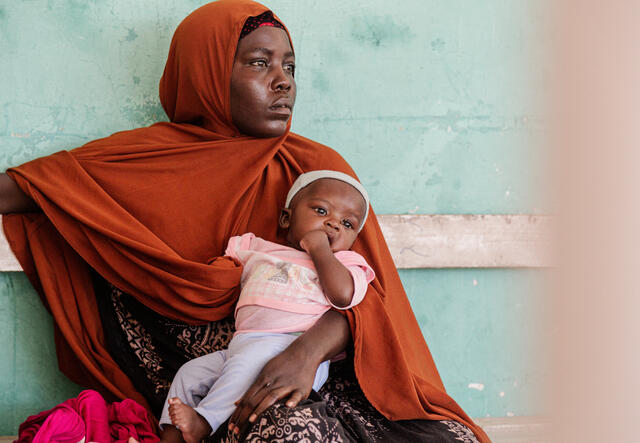
Population: 16.4 million
People in need: 7.7 million
People internally displaced: 2.9 million
Somalia has been on the Watchlist for nine consecutive years but has moved into the Top 10 due to escalating political tensions with risk of renewed violence. Somalia also ranks among the top five internal displacement crises. Drought conditions are expected to worsen.
Take a deeper dive into the Somalia crisis.
The IRC, assisting in Somalia since 1981, supports economic wellbeing through job training, food vouchers and direct cash assistance to farmers, shepherds and small business owners. We also partner with communities to identify, plan and manage development projects. Our work with children and women is informed by the promotion and protection of human rights. Learn more about the IRC’s Somalia response.
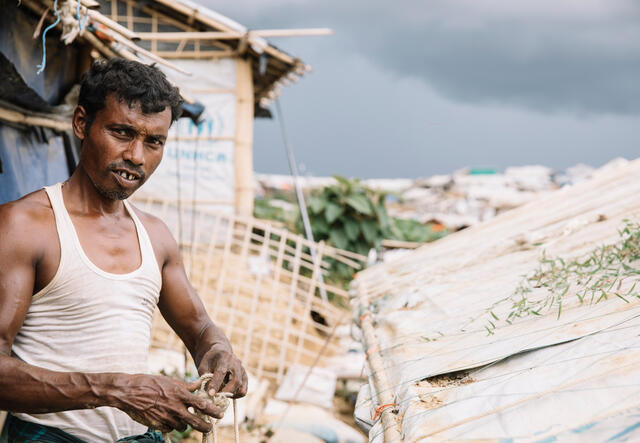
Population: 54.8 million
People in need: 14.4 million
Score for access constraints: 5/5
The events of February 2021 in Myanmar sparked a cycle of armed clashes and violence that has caused significant new displacement and humanitarian need across the country. The economic impacts of this instability, combined with the impact of COVID-19, are projected to push millions into poverty in 2022.
Take a deeper dive into the Myanmar crisis.
The IRC began work in Myanmar in 2008, providing humanitarian relief in the wake of Cyclone Nargis. Since then, the IRC has expanded its work to provide health care, protection, women’s protection and empowerment, and water and sanitation, as well as shelter and emergency relief materials to newly displaced populations. Learn more about the IRC’s Myanmar response.
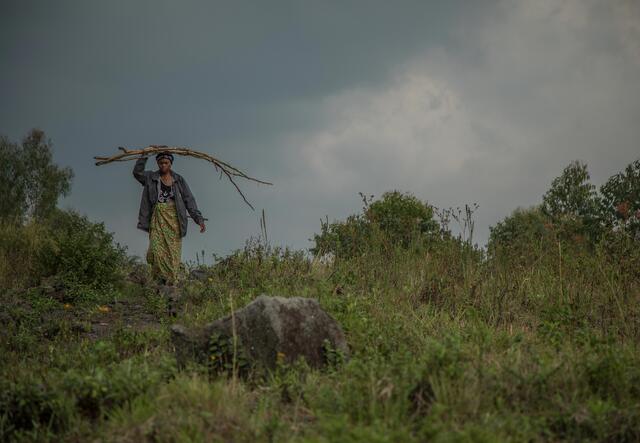
Population: 92.4 million
People in need: 27 million
People internally displaced: 5.6 million
Conflict in Congo is especially volatile in the eastern provinces of Ituri, North Kivu and South Kivu, where consecutive Ebola outbreaks have strained a weak health system. Political tensions in Kinshasa could set the stage for violent clashes leading up to the 2023 general elections.
The IRC has operated in Congo for over two decades, providing lifesaving health care, including reproductive health services, as well as water and sanitation, education, and support for survivors of violence. We work with communities on peacebuilding projects aimed at conflict reduction and economic recovery. In recent years, the IRC has launched emergency responses to contain Ebola, including the latest outbreaks in eastern Congo. Learn more about the IRC’s Congo response.
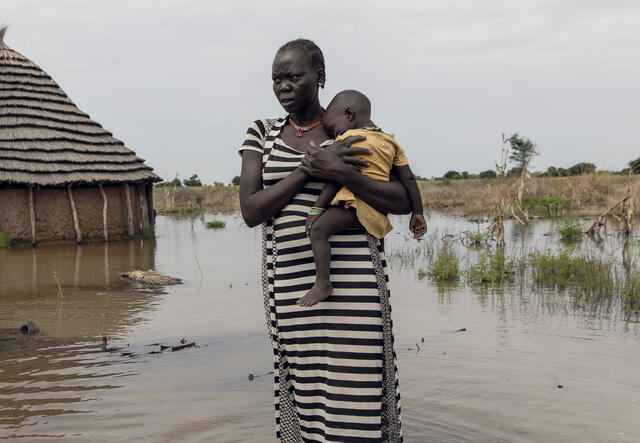
Population: 11.4 million
People in need: 8.4 million
Rank for women’s equality: 165 of 170 countries
South Sudan marked a decade of independence in 2021, but the country has been wracked by violence throughout that entire period. While conflict remains far lower than the peak in 2013-2014, the World Food Programme warns that food insecurity is at its worst levels since independence, underscoring the combined impact of natural shocks, COVID-19 and long-term damage to South Sudan’s economy.
The IRC is one of the largest aid providers in South Sudan, operating there for over 30 years. We deliver emergency assistance and support at-risk populations in hard-to-reach areas. Our health response the training of local health workers and provision of sexual and reproductive health services, nutrition programs, and water and sanitation services. We also provide support to youth, children and survivors of sexual violence in addition to community-level engagement to promote peaceful coexistence. Learn more about the IRC’s South Sudan response.
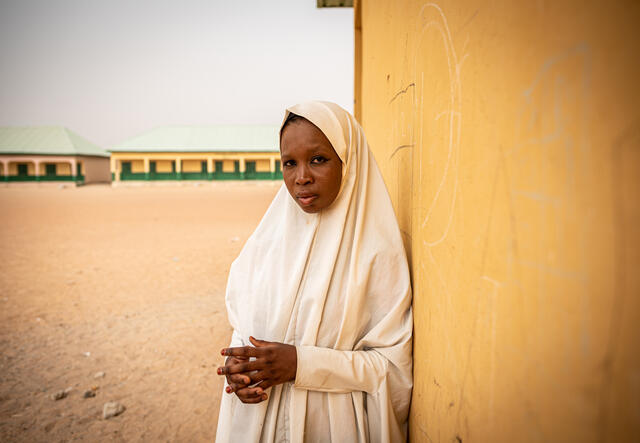
Population: 211.4 million
People in need: 8.3 million
Score for access constraints: 5/5
More than 12 years of conflict and militant activity in northeast Nigeria has garnered global attention, but unrest and insecurity are spreading in other parts of the country too. Criminal activity and conflict in the northwest have sparked a growing humanitarian crisis, and separatist activity in the southeast has become increasingly violent. The various security crises in Nigeria are a manifestation of underlying tensions related to poverty, social marginalization, and climate change in a country projected to double in population by 2050.
The IRC started working in Nigeria in response to severe flooding in 2012. Currently, we support programs in health, nutrition, education, water and sanitation, and protection for women, men, girls and boys who are internally displaced and in host communities. Over the next three years, the IRC plans to scale up its humanitarian assistance in both the northeast and northwest. Learn more about the IRC’s Nigeria response.
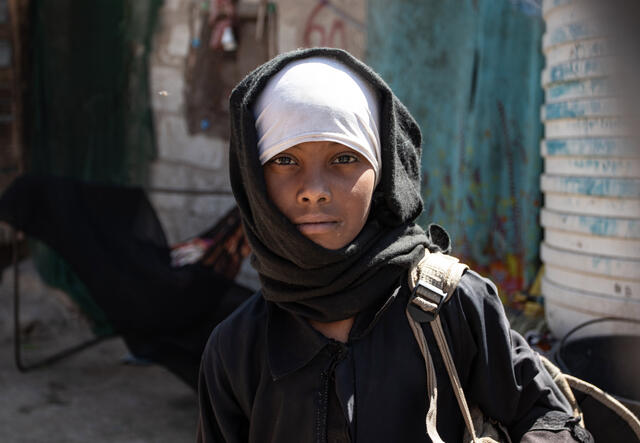
Population: 30.5 million
People in need: 20.7 million
Rank for women’s equality: 168 of 170 countries
Yemen drops from the top of the IRC’s Watchlist for the first time in three years not because of an improvement in the humanitarian situation but because crises in other countries are worsening even more rapidly. With humanitarian access heavily restricted in many areas, Yemenis will face increased needs in 2022.
Take a deeper dive into the Yemen crisis.
The IRC has worked in Yemen since 2012. We support primary health facilities and mobile health teams, including in hard-to-reach areas, and provide programming for general outpatient care, reproductive health and acute malnutrition, as well as water and sanitation services, education for out-of-school children, and psychosocial and case management services for women and children. Learn more about the IRC’s Yemen response.
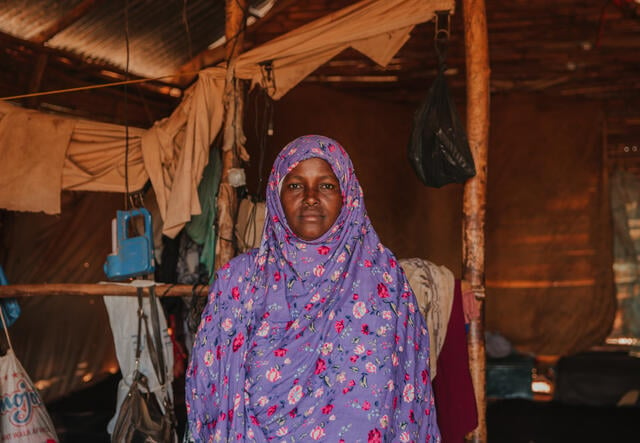
Population: 117.9 million
People in need: 25.9 million
People internally displaced: 4.2 million
Climate change and continued conflict in Tigray and now the neighboring Amhara and Afar regions have pushed Ethiopia ever higher on the Watchlist. The United States estimates that 900,000 people face famine conditions in Tigray, although these figures cannot be verified due to restrictions on humanitarian access. There’s no doubt, however, that Ethiopia is exposed to the impact of climate change, which will drive up needs for millions across the country.
Take a deeper dive into the Ethiopia crisis.
Since 2000, the IRC has provided assistance to refugees living in camps and to Ethiopian communities throughout the country affected by drought, flooding, conflict and COVID-19. With our local partners, we distribute cash and basic emergency supplies, and build and maintain safe water supply systems and sanitation facilities. The IRC also supports government partners and community workers in primary health care clinics, constructs classrooms and trains teachers, and provides livelihoods-related training and job opportunities to youth and at-risk households. Learn more about the IRC’s Ethiopia response.
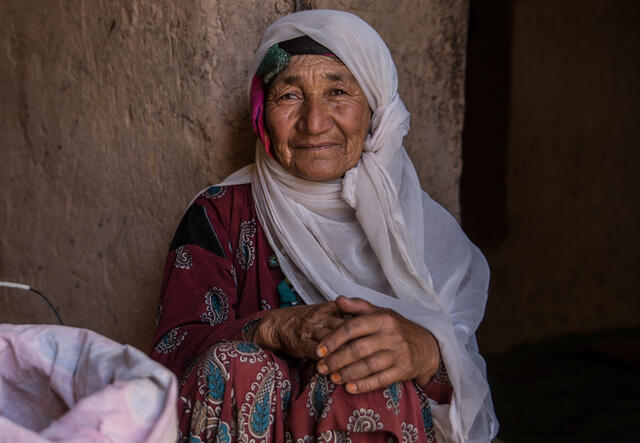
Population: 41.7 million
People in need: 24.4 million
Rank for women’s equality: 170 of 170 countries
In August 2021, the Islamic Emirate of Afghanistan (commonly known as the Taliban) took control of Afghanistan. International donors immediately suspended most non-humanitarian funding and froze billions of dollars in assets. Without this funding, the economy has spiraled downward. Any attempt by Islamic State Khorasan (IS-K) to take advantage of the shift in power portends violence and civilian harm. Meanwhile, Afghanistan faces ongoing drought and a possible fourth wave of COVID-19.
Take a deeper dive into the Afghanistan crisis.
The IRC has been working in Afghanistan for over three decades, providing education, protection, water and sanitation, and economic recovery programs. We support over 60 health facilities and provide information and training sessions about COVID-19. In recent years, the IRC has become a leader in women’s protection and empowerment in Afghanistan. Learn more about the IRC’s Afghanistan response.
Looking back: Read about the top 10 world crises on the Emergency Watchlist in 2021 and the top 10 world crises on the Emergency Watchlist in 2020.
Combining analysis of 66 different indices and databases with insights from the IRC’s over 30,000 staff and volunteers working in crisis zones around the world, the Watchlist scores countries at risk for “human threats” (political instability, armed conflict, economic collapse) and for “natural threats” (floods earthquakes, disease). This approach—which is now tried, tested, and shown to work—allows the IRC to identify the 20 countries at greatest risk of experiencing a significant deterioration in their humanitarian situations over the year ahead. Learn more about the 2022 Emergency Watchlist.
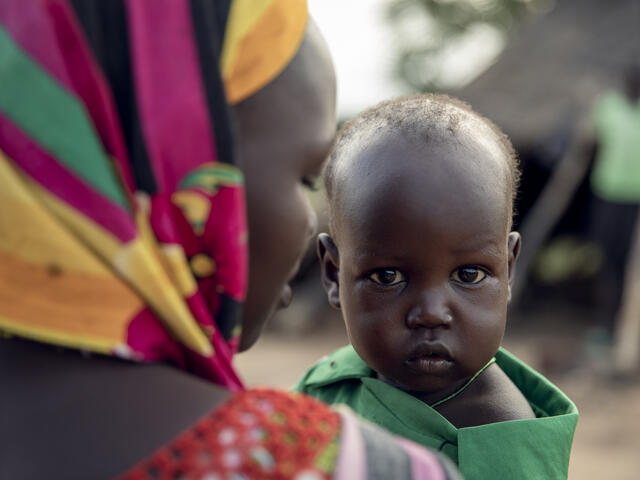
The IRC’s expert analysis has identified how the global system designed to protect civilians, prevent conflict, hold abusers to account, and guarantee that humanitarian aid reaches those in need is failing at all levels — and even driving conflict and suffering. For example:
The IRC is calling for significant changes to the global humanitarian system, not only in how organizations and governments allocate and spend funds, but also in how they confront “conflict actors who use hunger as a weapon of war and civilian suffering as a tool of control,” writes David Miliband. The report makes the case for political and structural reforms that will create respect for international humanitarian law, expand universal jurisdiction to prosecute war crimes, reduce the role of social media in amplifying conflict, and ensure people in need have access to lifesaving services.
Read more in the full 2022 Emergency Watchlist report.
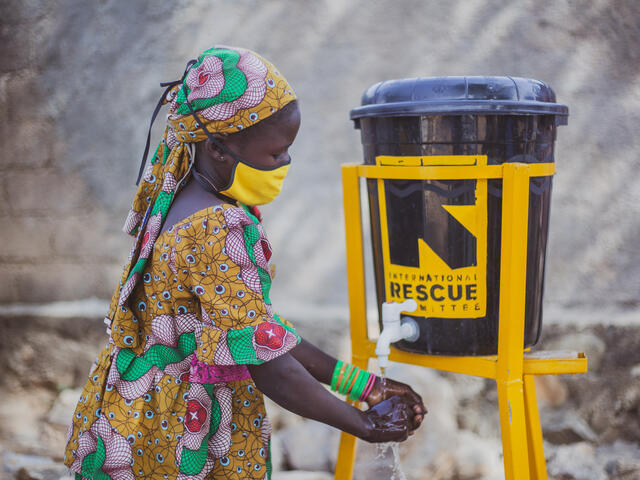
A record 100 million people worldwide are displaced by conflict and crisis. Learn more about refugees and what it means to welcome them on World Refugee Day 2022.
A record 100 million people are displaced by conflict and crisis. Please make a gift now to support the IRC's life-changing work in Watchlist countries and worldwide.
We are on the frontlines providing critical aid to crisis-affected people in more than 50 countries, including places on the 2022 Emergency Watchlist. We are providing clean water, emergency medical care, education, protection services and much more.